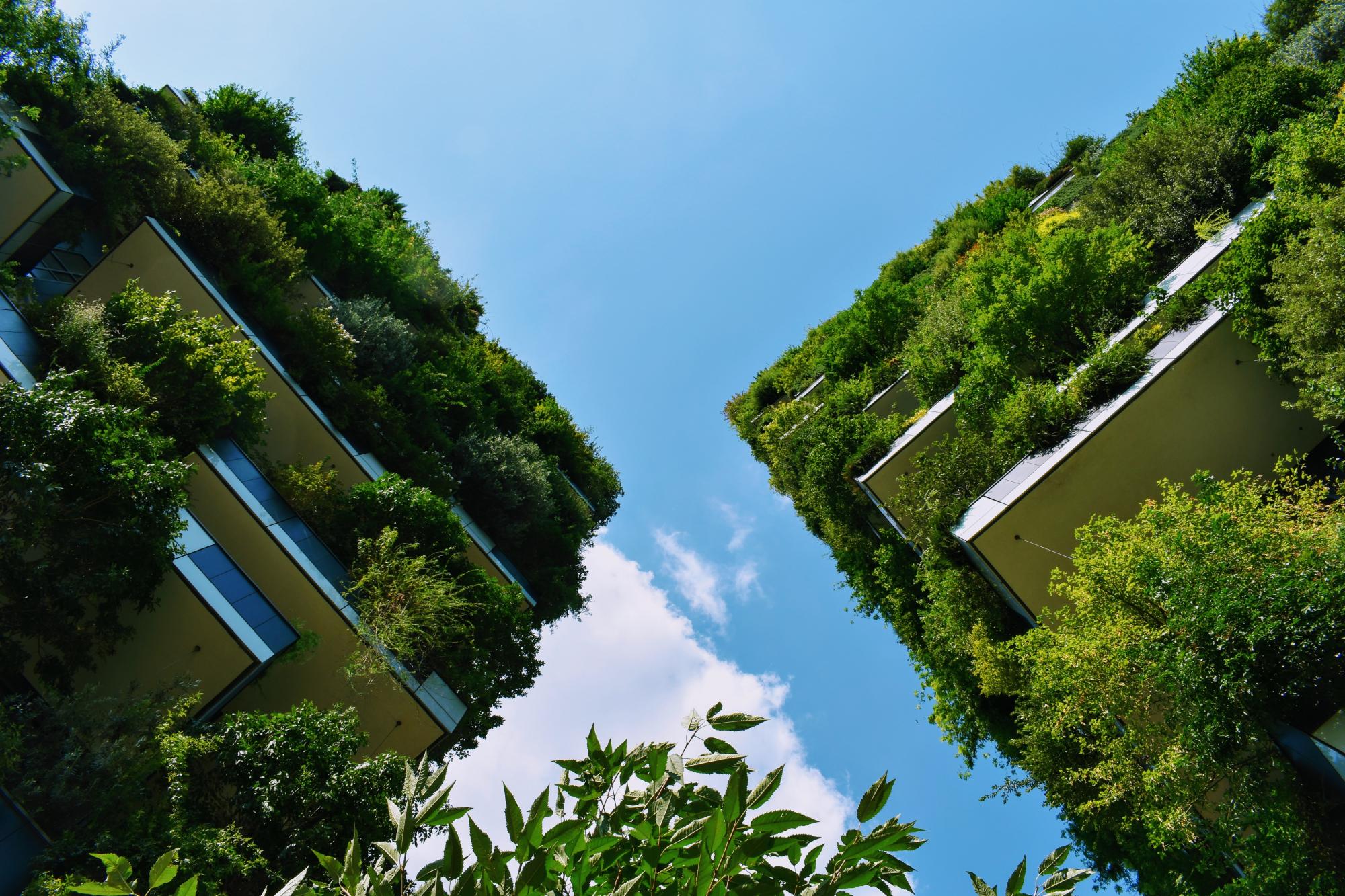The city of Bishkek once had the status of one of the greenest and most pleasant cities in the Soviet Union. The situation has deteriorated from year to year, so much so that in 2009 Bishkek was ranked sixteenth in the list of the thirty dirtiest cities in the world in a study published by The Blacksmith Institute, an American NGO which discloses each year an urban environment assessment report. This is why it seems urgent to us to react and work to protect, renovate and develop the green spaces of Bishkek. The proposed project aims to protect the unique forest of Bishkek called Karagachevaïa Rocha (“grove of elms”) and to redevelop it to make it an environmental education centre. This center, which would be the first of its kind in Kyrgyzstan, would include in the same place an arboretum, a leisure area as well as an animal park in which various rare or endangered species, present in Kyrgyzstan or in the countries of Central Asia, would be kept in semi-freedom. Karagachevaya Rocha has nearly 123 hectares in total, which is the largest green space in Bishkek and one of the oldest. This adds a symbolic character to the project. (3)
Overview
Nature-based solution
- Parks and urban forests
- Pocket parks/neighbourhood green spaces
Key challenges
- Climate action for adaptation, resilience and mitigation (SDG 13)
- Climate change mitigation
- Environmental quality
- Air quality improvement
- Green space, habitats and biodiversity (SDG 15)
- Habitat and biodiversity restoration
- Green space creation and/or management
- Cultural heritage and cultural diversity
- Preservation of natural heritage
Focus
Project objectives
Implementation activities
Climate-focused activities
Climate change mitigation:
- Increase green urban nature for carbon storage (wetlands, tree cover)
- Raise public awareness of behaviours, lifestyle and cultural changes with mitigation potential
Biodiversity conservation or restoration-focused activities
Biodiversity restoration:
- Restore species (native, endangered, or unspecified)
- Restore native species
- Public engagement
Main beneficiaries
- Local government/Municipality
- Public sector institution (e.g. school or hospital)
- Non-government organisation/Civil Society
- Researchers/University
- Citizens or community groups
Governance
Management set-up
- Co-governance with government and non-government actors
Type of initiating organisation
- Non-government organisation/civil society
- Researchers/university
Participatory approaches/ community involvement
- Co-planning (e.g. stakeholder workshops, focus groups, participatory mapping)
- Dissemination of information and education
- Consultation (e.g. workshop, surveys, community meetings, town halls)
- Joint implementation (e.g. tree planting)
Details on the roles of the organisations involved in the project
Project implemented in response to ...
Financing
Total cost
Source(s) of funding
- Other
Type of funding
- Direct funding (grants, subsidies, or self-financed projects by private entities)
Non-financial contribution
- Provision of land
- Provision of goods
- Provision of labour
- Provision of expertise
- Public authorities (e.g. land, utility services)
- Citizens (e.g. volunteering)
- Other
Impacts and Monitoring
Environmental impacts
- Water management and blue areas
- Increased protection against flooding
- Green space and habitat
- Increased green space area
- Reduced biodiversity loss
- Increased number of species present
Economic impacts
- Unknown
Socio-cultural impacts
- Education
- Increased support for education and scientific research
- Increased awareness of NBS and their benefits
Type of reported impacts
Presence of formal monitoring system
Presence of indicators used in reporting
Presence of monitoring/ evaluation reports
Availability of a web-based monitoring tool
References
2. AUCA (2019), Eco-park in Karagacheva grove project has been presented to the Prime Minister of Kyrgyzstan, available at Source link (accessed 19-03-2022)
3. ASSOCIATION FRANCO-KIRGHIZE D’ÉCOTOURISME (no date), PROJET DE RÉHABILITATION DU PARC KARAGACHEVAÏA ROCHA (BICHKEK, KIRGHIZISTAN), available at Source link (accessed 19-03-2022)
4. AUCA (2019), Germany allocated a grant to create an eco-park in the northern part of the Karagacheva Grove, available at Source link (accessed 19-03-2022)
5. Radio Free Europe (2021), Как математик из Франции восстанавливает Карагачевую рощу в Бишкеке, available at Source link (accessed 19-03-2022)
6. Philippe BOIZEAU (2021), Eco Park Bishkek report 2021, available at Source link (accessed 19-03-2022)




